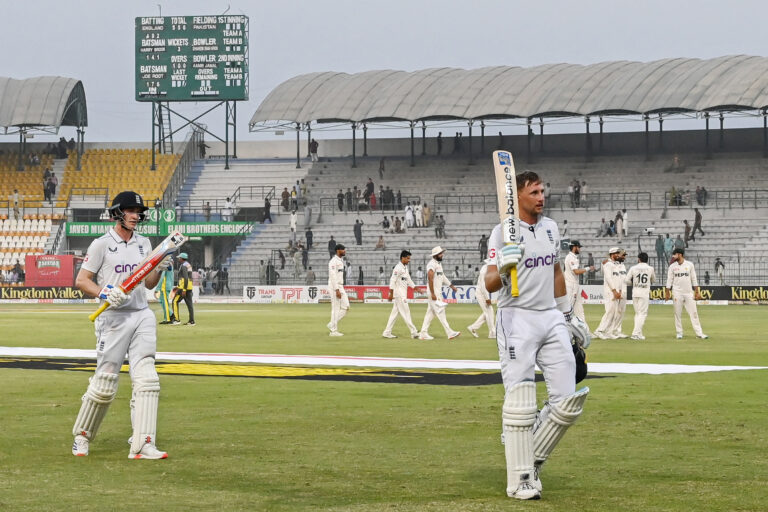Cricket’s Role in Promoting Diversity and Inclusion
Reddy Anna Book, Reddy Book: Diversity and inclusion are crucial in cricket for a multitude of reasons. By embracing individuals from various backgrounds, cultures, and perspectives, the sport becomes richer and more representative of society as a whole. It fosters a sense of belonging and unity among players and fans, leading to a more inclusive and welcoming environment for everyone involved.
Furthermore, diversity and inclusion in cricket help to break down stereotypes and prejudices, promoting equality and fairness. When people from different walks of life come together to play and support the game, it showcases the power of unity and collaboration. This not only enhances the overall cricketing experience but also serves as a powerful platform for promoting social change and challenging societal norms.
Historical Barriers to Diversity and Inclusion in Cricket
Historically, cricket has faced numerous barriers to promoting diversity and inclusion within the sport. One of the main obstacles has been the legacy of colonialism, where the sport was predominantly played and controlled by privileged white communities in countries like England and Australia. This resulted in limited opportunities for players from diverse backgrounds, creating a homogenous cricketing landscape that excluded many talented individuals.
Additionally, the elitist nature of cricket meant that access to the sport was often restricted to those from wealthier backgrounds who could afford the necessary equipment and training. This economic barrier further marginalized individuals from disadvantaged socio-economic backgrounds, hindering their ability to participate and excel in the sport. As a result, cricket became associated with a particular social class, perpetuating the cycle of exclusion and limiting the diversity within the cricketing community.
Efforts Made by Cricket Organizations to Promote Diversity and Inclusion
Cricket organizations worldwide have prioritized promoting diversity and inclusion within the sport. Initiatives such as educational programs, outreach in underserved communities, and scholarships for talented individuals from diverse backgrounds are being implemented to foster a more inclusive environment. By actively engaging with individuals from various ethnicities, cultures, and genders, these organizations aim to create a more representative and accessible landscape for all cricket enthusiasts.
Furthermore, collaboration with grassroots cricket organizations, hosting workshops on diversity awareness, and establishing anti-discrimination policies have become common practices among cricket organizations. These efforts not only aim to break down historical barriers but also to create a sense of belonging and acceptance within the cricket community. Through continuous commitment and proactive steps, cricket organizations are working towards a future where diversity and inclusion are intrinsic values of the sport.







